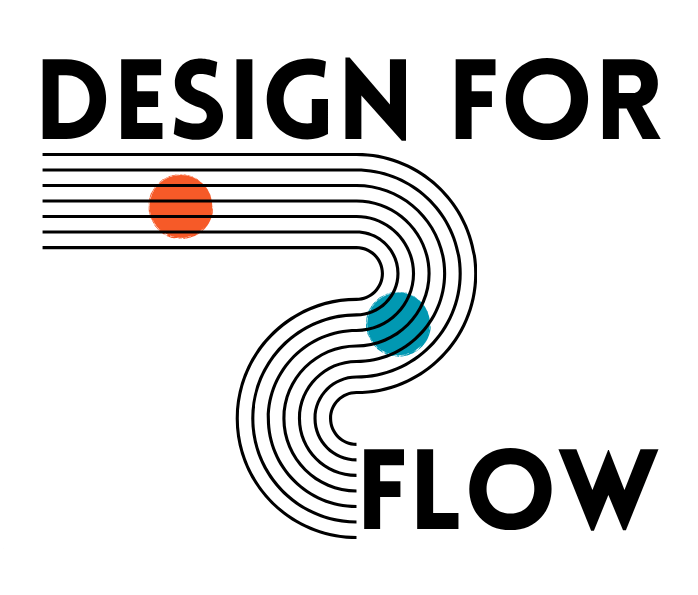Most delivery issues are not about tools or people. They are about lost bridges.
Most delivery problems do not start with tools, talent, or timelines. They start with disconnection.
When the bridge between teams and stakeholders weakens, work becomes noisy, reactive, and confusing. People spend more time managing expectations than delivering outcomes.
Psychologically, this creates what researchers call cognitive load interference, a state where the human brain can no longer separate the important from the urgent. In teams, it shows up as context switching, emotional fatigue, and loss of ownership. For leaders, it looks like frustration: decisions stall, updates blur, and energy leaks into constant firefighting.
At a systemic level, disconnection erodes two essential elements of healthy delivery: trust and rhythm.
Without rhythm, communication becomes inconsistent. Too much when panic hits, too little when calm returns. Without trust, stakeholders start to seek control through meetings, pings, and “just checking in” messages, which ironically make things worse.
The result is a cycle of misalignment, overexplanation, and stress that slows delivery, blurs accountability, and drains motivation. Teams lose sight of the bigger picture, while stakeholders lose confidence in the process.
Building the bridge is not just a communication fix. It is an act of restoring psychological safety and shared direction, so that everyone involved can make better decisions with less friction.
When connection flows, work flows. Here is how to begin rebuilding that bridge.
Step 1: Name the Gap
Before you fix communication, get clear on what is broken.
Ask together:
Who feels out of the loop?
Where does information get lost, delayed, or duplicated?
What conversations feel repetitive or unclear?
Naming the gap makes invisible friction visible.
Step 2: Identify Stakeholders
List everyone who influences or depends on your work. Include internal and external partners, direct and indirect contributors.
Then group them by involvement level:
Core: people you collaborate with daily or weekly
Supporting: people who need updates or inputs
Peripheral: people who only need awareness
This helps you see who truly matters and who may be adding noise to the system.
Step 3: Design the Bridge
For each stakeholder group, define:
What information they actually need
How often and in what format (sync, async, visual, written)
Who in the team owns that connection
The goal is not more meetings. It is designed communication — clear, intentional, and sustainable.
Step 4: Take Action
Choose one or two bridges to strengthen right now.
You could start with:
A biweekly sync with key stakeholders
A two line update on Slack every Friday
A monthly “state of delivery” note that closes loops and builds trust
Small, steady improvements compound quickly.
Why It Works
A bridge is not a meeting. It is a system for information flow, a shared rhythm that keeps everyone calm, connected, and focused on what truly matters.
When you build the bridge:
Teams stop firefighting and start collaborating.
Stakeholders know where to go, what is next, and when to expect clarity.
Delivery starts to feel smoother, calmer, and more human.
That is what flow looks like in real life. When clarity and connection replace noise and urgency.
Closing Reflection
If your team is feeling scattered, begin here. Not with a new tool or a reorganisation, but with one honest conversation about how information flows.
Ask together: “Where is our bridge weak, and what is one way we could rebuild it this week?”
You may be surprised how quickly trust returns when everyone can finally see (and walk) the same bridge.
When we build better bridges, we build calmer, clearer teams — and that is where real flow begins.
Stay in the loop.
Sign up for our newsletter for more insights and updates on future courses.
